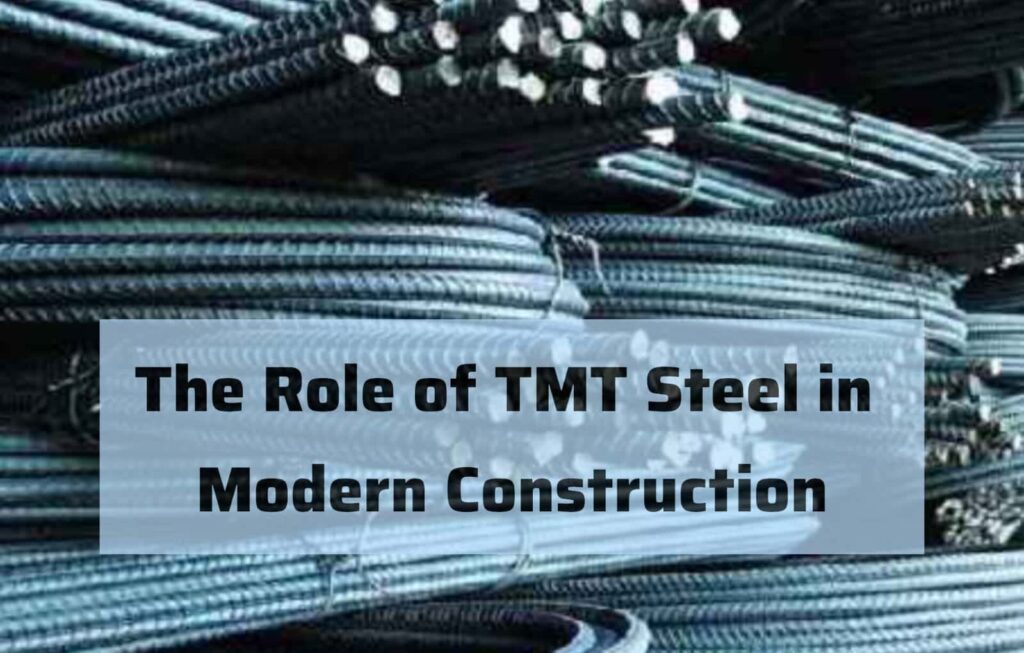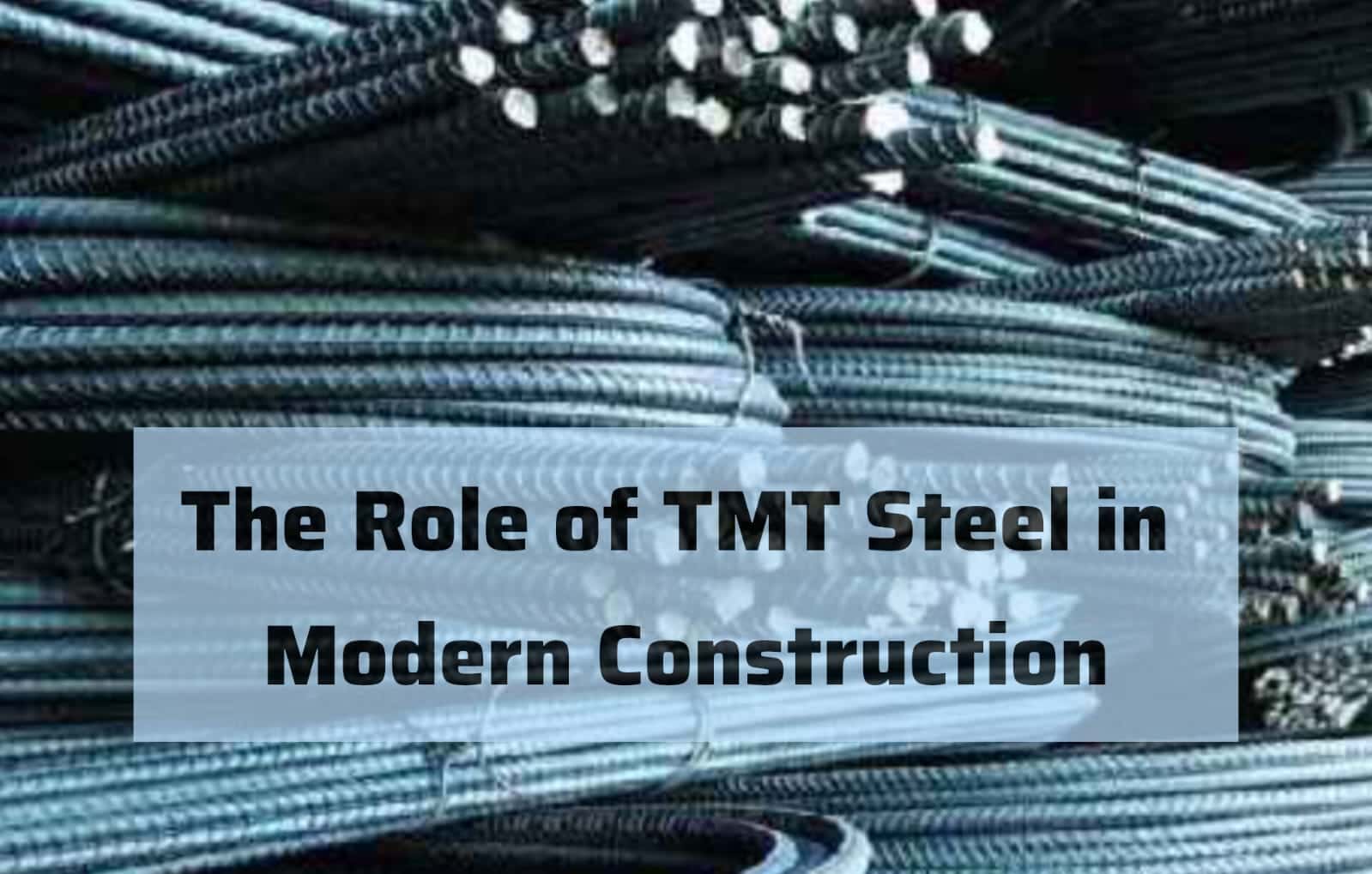TMT steel can be described as a mainstream product in construction today due to the properties it has. That is why it is characterized by high strength, flexibility, and durability. This superior type of steel is very important in the construction of building structures.

These structures are not only strong but also capable of enduring different kinds of stress. This is an analysis of TMT steel and why it is such an important component in modern construction projects.
1. Enhanced Strength and Load-Bearing Capacity:
TMT steel is well known for its higher strength as compared to normal steel. The thermo-mechanical treatment process entails the application of heat to the steel at certain temperatures. In its final step, it quickly cools the steel. This makes the outer surface of the bullet hard, while the core part is ductile. This particular characteristic enables TMT bars to take large loads. It also assists them in standing up to deformation. This makes TMT bars suitable for use in the construction of high-rise buildings, bridges, and industrial construction. The applications require strength.
2. Seismic Resistance:
Another advantage of TMT steel is that it is flexible and ductile out of all the available construction materials. Unlike normal steel, which tends to turn out to be a rigid material when it is exposed to stress for a long time, TMT steel has the flexibility that is needed in steel. This flexibility is especially desirable in regions where earthquakes are quite frequent. Buildings in such regions have to be designed in a manner that allows them to deal with the forces that result from an earthquake without collapsing. TMT steel’s ductility in bending and stretching without failure improves the buildings’ earthquake resistance. This results in enhanced safety and stability for the organization and its operations.
3. Corrosion Resistance:
TMT steel has a very good corrosion resistance. This is an important aspect of the expansion of the lifespan of construction projects. The treatment process not only increases the mechanical characteristics of the steel but also its durability and immunity to rust and corrosion. It is especially useful where the climate is humid, such as in coastal districts or zones. Here, the conventional steel can corrode at a faster pace. TMT steel prevents structures from corroding, hence keeping structures strong and durable for a long time. This also helps in cutting down on maintenance costs and gives the product a longer life span.
4. Cost-Effectiveness:
TMT steel is cost-efficient because it is both strong and durable, making it ideal for construction. Even though there are some indications that TMT steel might be slightly more expensive than traditional steel in terms of initial costs, its later performance undoubtedly provides long-term cost benefits. This, coupled with lower maintenance costs, is responsible for the above savings. They also pointed out that the employment of TMT steel leads to the optimization of the structure’s components. Depending on the amount of material that is used, this can potentially result in a reduction in the amount of material used. It also assists in reducing construction costs to some extent.
5. Environmental Benefits:
TMT steel is also another product that has an environmental benefit. Its production process can be more energy efficient than the production of conventional steel. This makes constructions made of TMT steel last longer, and this reduces the frequency of repair or replacement of the construction. This can help in minimizing the effects of construction undertakings on the natural environment of site formation.
Thus, TMT steel is indeed an essential component of construction in our current society. This imparts higher strength and flexibility, as well as improved resistance to corrosion. Another advantage is stunning performance when it comes to enhancing the seismic performance of buildings. Besides, it also contributes to the lowering of maintenance costs and has environmental advantages. Such qualities make TMT steel very useful in the construction of safe, long-lasting, and sustainable structures.


